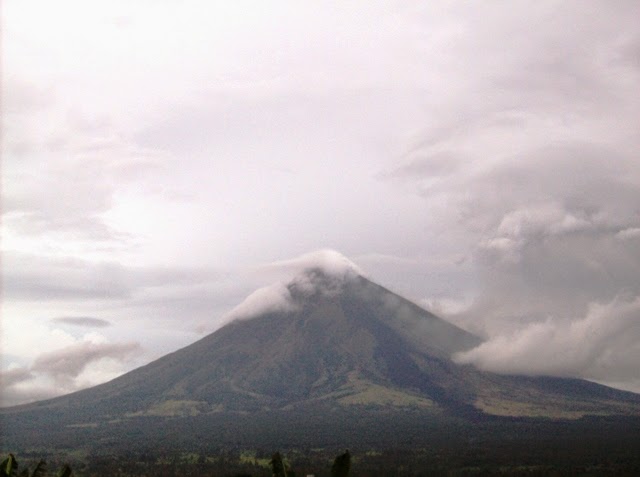 |
| Map of Negros Occidental (photo from web) |
Part of the Western Visayas
region (region VI) is the northwestern half of Negros Island, Negros Occidental.
Bacolod City, the provincial capital of Negros Occidental, is dubbed as the
“City of Smiles” for being a friendly city and celebrated its extraordinary
MassKara Festival every October. The lifeblood of the
province of Negros Occidental is the sugar industry that generates more than half of the country’s
sugar output, thus earned the title as the “Sugar bowl of the Philippines”. The
province is practically a sugarcane plantation with large sugar mills scattered
throughout the long stretch of the northwestern side of Negros Island.
The most remarkable landmark in
Negros Oriental is The Ruins, a century-old remnant of a mansion built in the
distant past that grandiosely withstand through time and colorful history. While
the structure itself is regarded as one of the most arresting and fascinating unique
blend of architectural style edifice being built despite of being burned down,
one can marvel at the combination of fate, faith and fortitude story about the
Ruins. It is said to be analogous to "Taj Mahal of the Philippines" as it was built
by the sugar baron, Don Mariano Ledesma Lacson, for his first wife, Maria Braga.
The mansion was reduced to its skeletal frame after being burned down during
WWII. It is opened to the public where a portion has been converted into a cafe
and said to be recorded among the most fascinating ruins of the world.
Traversing the Negros Translink
Ecotourism Highway from San Carlos City going to Bacolod City (vice versa) affords
a different experience to travelers. Tourists and passersby can take a rest in
the Viewing Deck or “Lantawan” (local dialect term) and enjoy the fascinating
view of Malatan-og Falls, a cigarette-like falls from afar, the quietness of
the place which offer deep serenity as you enjoy the fresh air and the beauty
of nature, and the seas of Negros Island. Minutes from the Viewing Deck,
travelers can also take a stop and enjoy the pleasant display of rice terraces
along the road in Codcod, one of the rice-producing area in the place and a
mini version of the magnificent rice terraces in Luzon.
Must-try foods in the province of Negros Occidental include delectable chicken “inasal” (roasted chicken) and a sweet indulgence for sweet-tooth “piaya” or “piyaya”, soft and flaky flat bread filled with concentrated syrup from dark muscovado sugar and sprinkled with sesame seeds.
 |
| chicken "inasal" (photo from the web) |
 |
| "piaya" or "piyaya" (photo from the web) |













































